
Alexandria is the second capital of Egypt. Its strategic location, moderate cli-mate and fine sandy beaches which cover a large area from Agamy in the west to Abu Qeir in the east, makes it worthy of its earned title, “Pearl of the Mediterranean”. Alexandria has also been chosen as the capital of Arab tourism for 2010. This decision was taken during the Arab Conference for Tourism which took place in May 2009 and was based upon its historic and touristic facilities.

.
Alexandria’s history is rich with conquests and different dynasties that have occupied it, as well as the different nationalities that have resided there.Founded by Alexander the Great in 332 BC, it was a center for Hellenism with an extraordinary mix of Greeks from many cities, also it was home to the largest Jewish community in the world, the Sassanid Persians, the Byzantine Empire , the Arabs, Napoleon’s expedition in 1798, Italian nationals who also came to live in this charming city, the British, and the Ottomans.
As you walk through Alexandria’s streets, you will feel this ancient charming.
Roman Amphitheatre of Kom el-Dikka
Kom el-Dikka, which literally means a “pile of rubble,” was a slum until 1959 when a team of Poles excavated the site in search of the tomb of Alexander the Great. With 800 marble seats, graffiti of chariot team supporters, and two forecourts with mosaic flooring, the discovery was not a disappointment.
Alexandria submerged antiquities :
the prince “Omar Tusson” who was known for his passion for antiquities, and who was a member of The Royal Antiquities Association in Alexandria then, the prince carried out financing the process of searching, and in May 5, 1933, the divers went to the mentioned area to find a head made of marble for Alexander the Great, now sited in the Graeco – Roman Museum.Prince Omar Toson had noticed that the place where he found the statue of Alexander’s head represents a temple and the place in its east side represents a residential city, when he compared this discovery with the old sources, he connected these places by Minotes city. He was able to identify Heraclium (herakleion) city on the map, which he published in 1934.Then, in the sixties Kamal Abu El Saadat was the hero, he was one of the Egyptian divers , his work focused on the water under the citadel of Qait Bey and the Cape Lochias(modern El Silsila) ,In 1962 he lifted a life- size statue of a Roman man made of granite without a head and feet from silsila area.
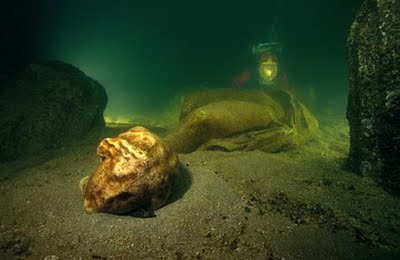
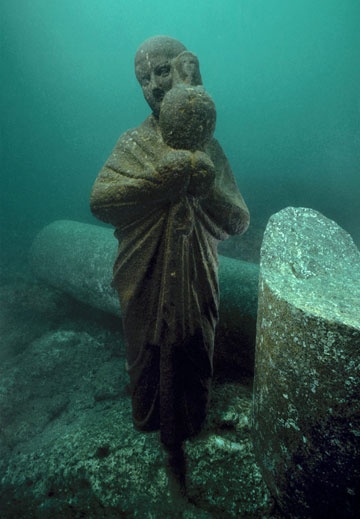
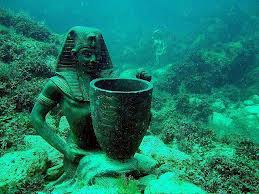
Walk Alexandria:
The greatest enjoyment is to walk Alexandria. You see architecture from different eras, smell the sea, feel the salty breeze of the corniche, and browse through the Gomrukn district, dating back from the 16th century, Anfushi and Ras El Tein, dating from the era of Mohamed Ali, also known as the Turkish districts, are in the Eastern part of Alexandria where the fort is located. See the fishermen and the little fishing boats dotting the banks, hear the tinkering of metal, see a ship being built and/or restored in the docking area of Anfushi, go to the fish market and see the wonderful display of fish, while fish-mongers haggle prices. The fish market is a place you’ll want to visit for one intensive look at Alexandrian culture. Further south of Horreya Street, you will enjoy Al Attarin district, where there are a vast number of antique shops that you can spend hours rummaging through old clocks and 18th century vases and ceiling lights, as well as reproduced furniture and small knick knacks.
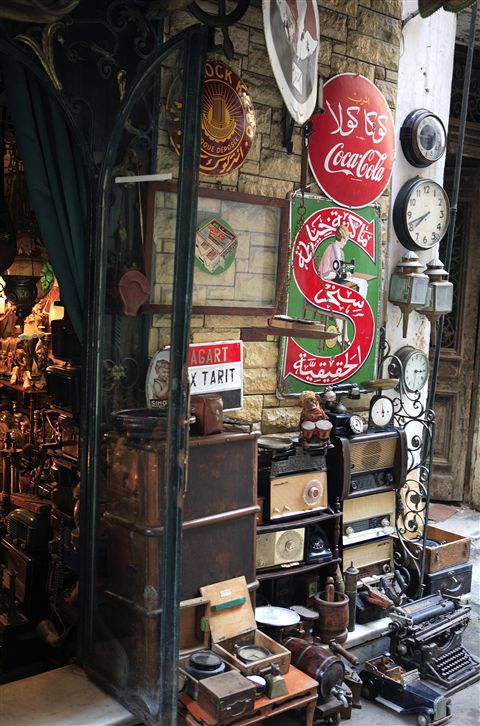
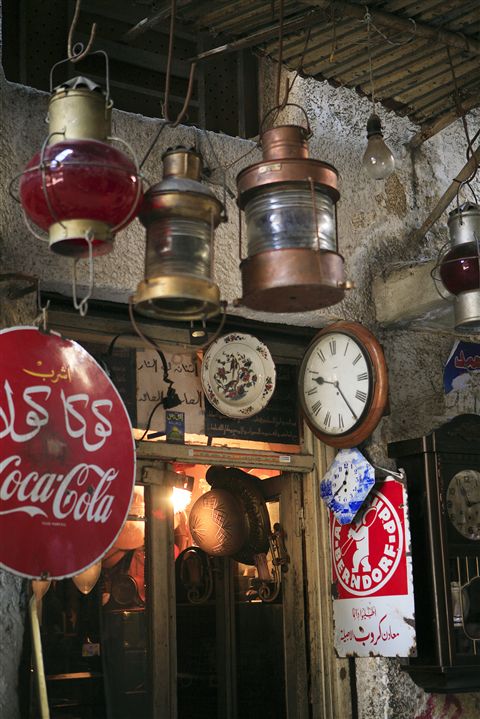
Downtown Alexandria by Raml Station, has another flavour, with its streets and buildings, the hustle and bustle of the pedestrians and shops, the horse drawn carriages and the famous tramway, are all sites you will enjoy while sipping a cup of tea or coffee on one of the sidewalk cafes you will find all over Alexandria. Stroll inside the Cecil Hotel (now Sofitel) that dates back to the 1930s, and where Somerset Maugham and Winston Churchill stayed, and around the corner are the Metropole and Windsor Hotels, where you feel that you’ve gone back in time to another era.The Greek Quarters east of Al Horreya Street contain won-derful old villas including the massive Miclavez building, opposite the Town Hall and nearby the Adda Complex built in 1929. Further east is the Greek Orthodox patriarch-ate and the Church of St. Saba. Azarita district is another pleasurable walk viewing the Goethe Cultural Centre’s and Alexandria Atelier Arts Centre’s beautiful buildings. And best of all, know you are walking over centuries of ruins from the sunken Roman cities and the Royal Quarters that lay underneath today’s Alexandria.
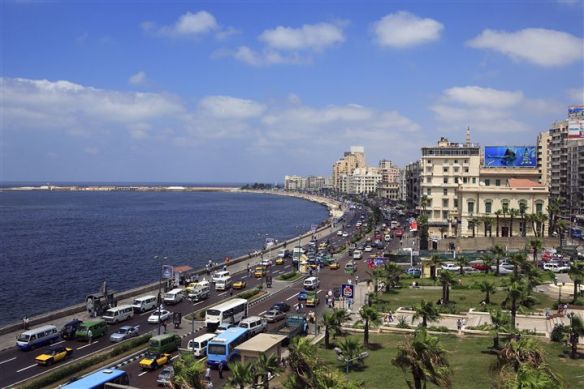
What to See
Ancient Sites
Although very little of the ancient city has survived and most sank under water due to the earthquake, yet there still stands some that tourists can visit:Pompey’s Pillar:Is the best known ancient monument still standing, located on Alexandria’s ancient acropolis. Alexandria’s Catacombs:Known as Kom Al Shoqqafa, are a short distance from the pillar and consists of a multi-level labyrinth, reached through a large spiral staircase with doz-ens of chambers adorned with sculpted pillars, statues and other syncretic Romano-Egyptian religious symbols, burial niches and a sacorphagi, as well as a large Roman-style banquet room, where meals were conducted by relatives of the deceased.
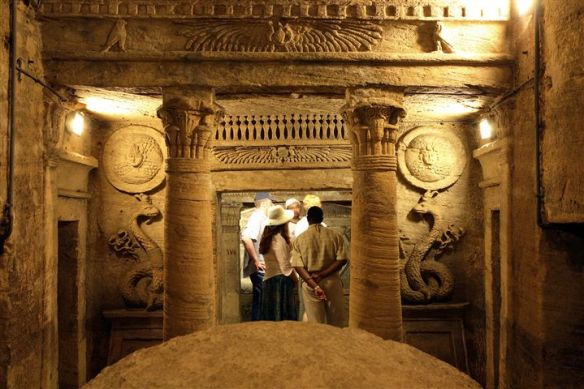
The Fort of Qaitbay:A 15th century defensive fortress located on the Mediterranean Coast, built upon and from the ruins of the Lighthouse of Alexandria (one of the seven wonders of the world). The fort also houses the
Naval Museum.
The Roman Amphitheatre and Baths:This is located in the area known as Kom Al Dikka, where there is a well-pre-served theater from the ancient city and the remains of its Roman-era baths.

Religious Sites:
The most famous and beautiful mosque in Alexandria is El Mursi Abul Abbas Mosque. It is located in the Anfoushi dis-trict near the Fort of Qaitbay, not too far from the Corniche. It was built in the 1940s. The Saint Marc College and Churchis an excellent form of architecture. The Roman Catholic School was founded in 1928 by the Lassalian Brothers and inaugurated by King Fuad I. The College is located in Al Shatby district.
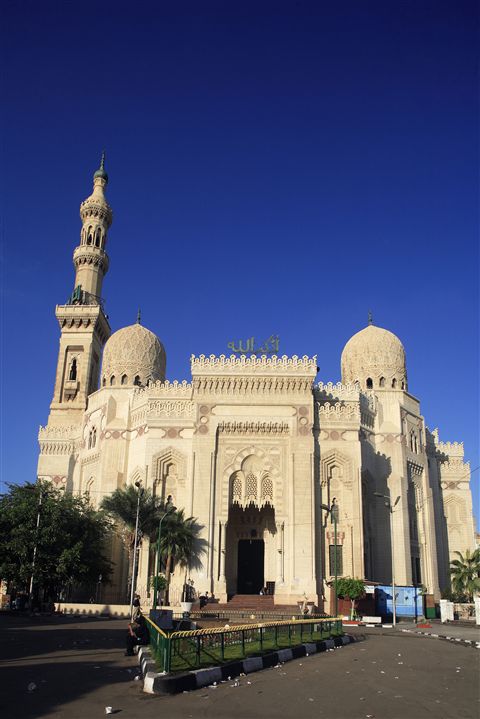
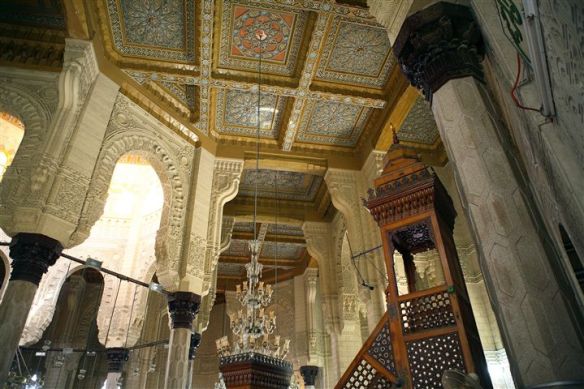
The Jewish Synagogue:
Eliahu Hanabithat is still active, lies in Al Nabi Daniel Street, in the heart of downtown Alexandria. Not to be missed, is the Abu Mina Monastery which is around 50 km from Alexandria. To visit the Monastery, it is advisable to rent a car with driver or go with a travel agent. If you walk around Alexandria’s downtown, you will see all forms of denominations, Russian Orthodox, Greek Orthodox, Latin Catholic and Coptic Orthodox Churches. Each has its unique form of architecture that you will thoroughly enjoy viewing.
Note: All religious sites are free of charge

Parks and Gardens
Alexandria boasts three famous gardens that visitors should see:
Montazah Park Garden on the Mediterranean and covers an area of 370 feddans of exotic trees, palms, and flowers. The gardens belonged to the Palace of King Farouk and are open to the public with a small fee. There is also a museum, several natural bays and beaches, as well as a complete tourist centre, a 5-star hotel, restaurants and a children’s park. This is located on the far western part of Alexandria next to Sheraton Montazah El Nozha Gardens includes several gardens such as Antoniades’ Gardens:Today it contains beautifully landscaped trees and flowers, fountains, tropical greenhouses, archeological remains, including a Gnostic tomb and a cistern, as well as several marble Greek statues and the Greek Sir John Antoniadis’ palace which was built on the model of the Versaille Palace in Paris.It is located south of the Greek district, next to the Mahmudiya Canal.Also nearby is The Zoological Garden,which comprises an artificial lake, a huge tower to view the garden from above and a museum for natural history.The Shallalat Gardensis known for its manicured shrubs and trees and its high and low levels and waterways. There are also traces of the Hellenistic walls in the gardens and the only Alexandrian cistern. Located: east of Horreya Street.

Museums:
Greco-Roman Museum:
The Neoclassical museum, founded in 1892, contains a vast rare collection of fascinating Greek and Roman relics and coins, and classical statues, ranging from the Third Century B.C. to the Seventh Century AD, including the “Tanagra” collection. Also, the musuem’s garden is full of spectacular statues and artifacts.
Address: Horreya Street .

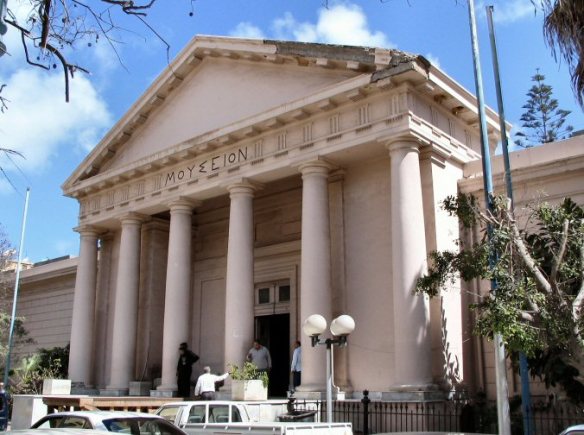
The Crown Jewels Museum:
The 4,185 square meter palace located in the area of Zizinia,exhibits the family jewels of Muhammad Aly that includes 235 rare pieces of diamonds. The architecturally beautiful palace was built in 1919 and belonged to a member of the royal family. The east wing contains a bronze statue of a boy carrying a painting of a natural landscape, while the west wing’s entrance bears stained glass engraved with historical stories and scenes from love stories such as Romeo and Juliet. There are also mural drawings of the celebrations of the palace’s owner.
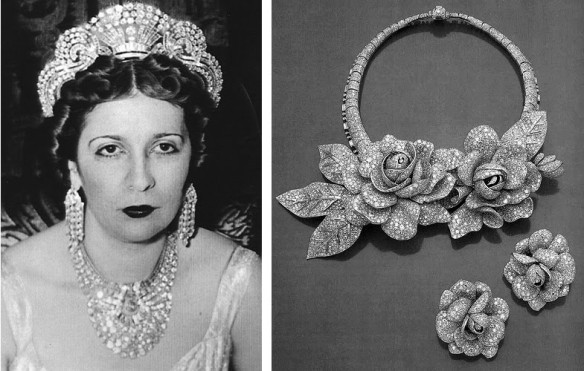
Cavafy Museum:
Constantine Cavafy was one of the prominent Greek Poets of the 20th century who lived in Alexandria. After his death, his house was rented by a Greek, who turned it into a cheap motel. Moreover, all his furniture was sold by his heirs, except his library which was saved by Prof. George Savidis. Cavafy lovers negotiated with the owner of the house and bought it. They began to reconstruct the house and it was inaugurated as a museum and officially opened for the public on 16 November 1992, recapturing the atmosphere of the house after recovering some of his antique furniture. The museum contains a wide range of bibliographical material, translations of Cavafy’s poetry in 77 languages by 40 different scholars, and about 3,000 articles and works written about his poetry.
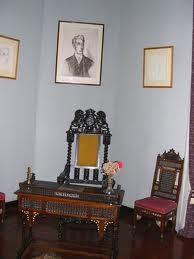
The Alexandria National Museum :
Located in a restored Italian style palace on Al-Horreya Street (former Rue Fouad), near the center of the city. It contains about 1,800 artifacts that narrate the story of Alexandria and Egypt. Most of these pieces came from other Egyptian museums. Visitors will see Pharaonic pieces, Graeco-Roman, includ-ing archeological underwater excavations, Coptic, Islamic and Modern eras.
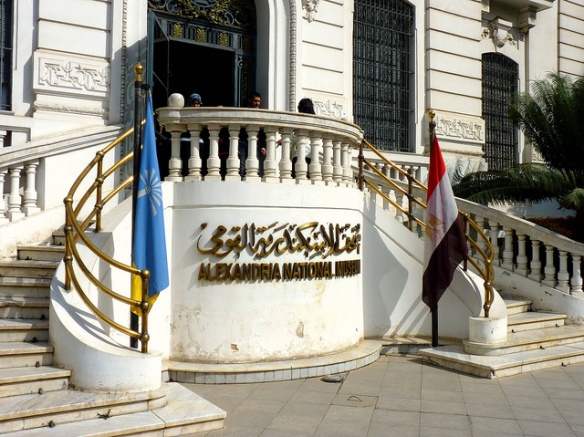

Alexandria Aquarium :
It was built in 1930 and exhibits many species from the Mediterranean and Red Seas, as well as some freshwater species from the Nile and the Amazon.
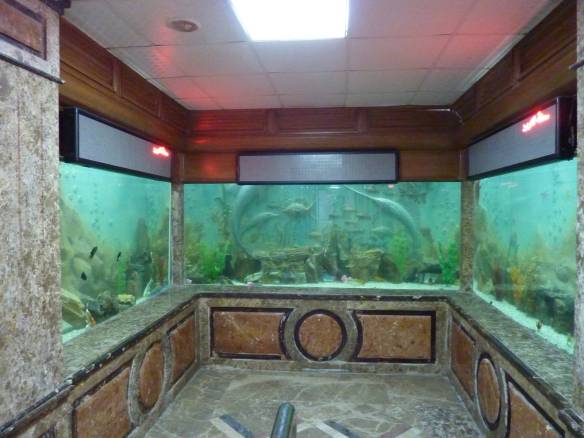
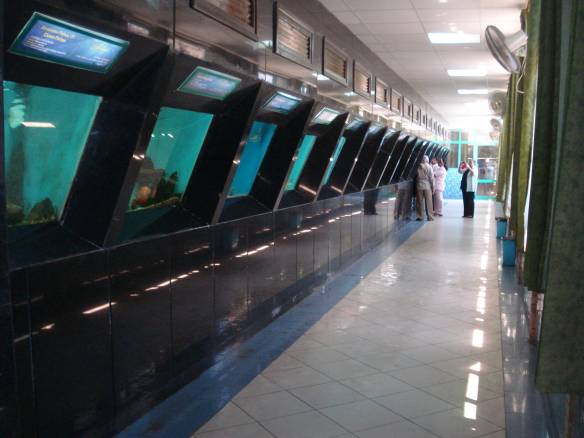
Alexandria Opera House:
The building displays a blend of architectural styles from the Vienna State Opera and the Odeon Theatre in Paris. Today, it is enlisted into Heritage List of the country, after it was refurbished with state-of-the-art infrastructure, suitable to its fame.The Opera House is home to the Alexandria Symphony Orchestra and Alexandria Chamber Orchestra. It also hosts many local and international shows in ballet, opera and modern dance.


Alexandria Library (Bibliotheca Alexandrina):
The ancient city of Alexandria was at the beginning of the third century B.C., the birthplace of the great plan to build a library: the Bibliotheca Alexandria. A fire, which ravaged Alexandria, destroyed the library, this vast storehouse of learning. The Egyptian Government, in co-operation with UNESCO, decided to resurrect the old dream to endow this part of the world with an important focal point for culture, education and science. The new Bibliotheca Alexandrina is a highly contemporary glass and steel structure opened in 2002, and includes three museums, five specialised research institutes and an art collection that includes Hellenic statues and centuries-old manuscripts. As part of the library, a new and very important antiquities museumhas been created in order to highlight the history of Alexandria across the ages, specifically the cultural era, providing exhibits related to knowledge and the arts. It now contains rare artifacts from the Pharaonic, Greek, Roman, Coptic and Islamic eras. These artifacts are displayed in chronological order, representing the evolution of writing, the birth of scholarship and librarianship, and the ancient arts with informative displays presenting mosaic, portraits, glassware, pottery, coins, textile and much more. It is located in section B1 of the library’s ground floor of the main building. The Bibliotheca hosts many live concerts, both modern and classic, as well as international shows, almost on a daily basis.
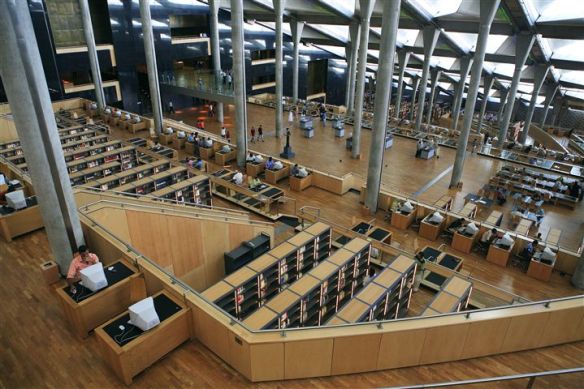
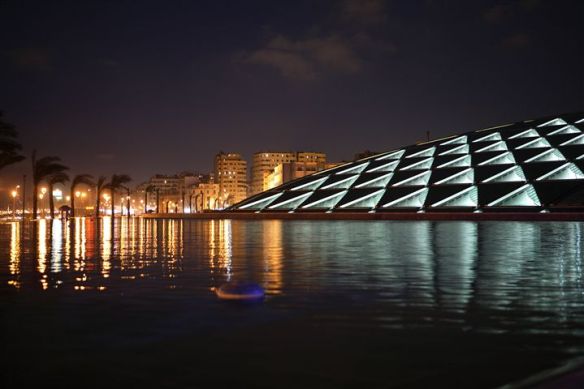
The Underwater Museum Project:
Some of the world’s most exciting sunken treasures could soon be viewed to the public, after the Egyptian government confirmed plans to build a giant underwater museum.
Since excavations in the eastern harbor of Alexandria began in 1994, divers have unearthed thousands of historical objects, including sphinxes, parts of the Pharos Lighthouse and remnants of Queen Cleopatra’s palace complex. Now plans are underway to open up this site via an immersed fiberglass tunnel, which would enable close viewing of the underwater monuments. The designs for the museum were drawn up by the French architect Jacques Rougerie, a veteran of water-based construction projects, and has been back by the UNESCO. The two and half year construction plan is supposed to start in early 2010. The project is estimated to cost US$140 million.
Where and what to eat :
If you go to Alexandria, you have to try a seafood meal. Alexandria’s restaurants are the best to offer you all types fish, calamari, squid and shrimps right from the Mediterranean Sea onto your plate. Fried or grilled with a special batter, baked in their own secret recipes and accompanied by a large variety of salads and appetizers with freshly baked bread.Most of these restaurants have basic decor, wooden tables and chairs, a plastic checkered tablecloth and very plain dinnerware.but this is all part of the atmosphere for these types of restaurants.
Qadurah Montazaha :
This is a family restaurant suitable for large or small groups. When you enter, you choose the fish or shellfish (shrimp, calamari) and specify how you want it cooked. They are also specialized in a delicious buttery tasting seafood soup.
Abu Ashraf :
Another casual restaurant where you will enjoy great sea-food meals and also get to select your own fish. Being in the heart of Anfoushi, it also provides a flavorful scene of the daily routine of Alexandrians.
The Fish Market :
Casual dining overlooking the water. Lots of salads and fresh bread, choose your own fish. Specialty dish includes meru fish stuffed with herbs and spices and baked in the oven.

Santa Lucia :
Alexandria is also known for its great Greek and French food and one of the most famous and well recommended dining places to try is Santa Lucia. The menu contains a few selected appetizers, main dishes and desserts, and a very hard menu to select from, as all the meals are deliciously prepared and presented. Beautiful decor and atmosphere with back drop music or live piano entertainment.
Stefano’s – Italian Restaurant :
Stefano’s is the Four Seasons Hotel second fine dining restaurant, serving a selection of authentic Southern Italian cuisine including antipasti and seafood specialties. The open kitchen, chic decor and warm Italian hospitality create an intimate ambiance.
Mohamed Ahmed Restaurant :
One of the famous places for a good bean or falafel sandwich is this restaurant. It also serves local meals that Alexandria is famous for, such as the special Alexandrian liver dish and the Shakshouka (scrambled eggs with tomatoes)
Golf Activities:
The Sporting Club, located in the heart of the city, receives nonmembers who would like to play golf. The entrance fees are LE 20 on weekdays and LE 30 on Thursdays and Fridays. The fee for playing golf all day is LE 150 + LE 50
Shopping:
Suq District : where you will find Alexandria’s only surviving wekala. This area was where the Jewish community lived, and today you may find all manner of products, from jewellery to medicinal plants (Suq El Magharba) to Bedouin clothing (Suq El Liba).
San Stefano Mall:
Two floors of casual name brands, gift shops, leatherwear and fast food restaurants.
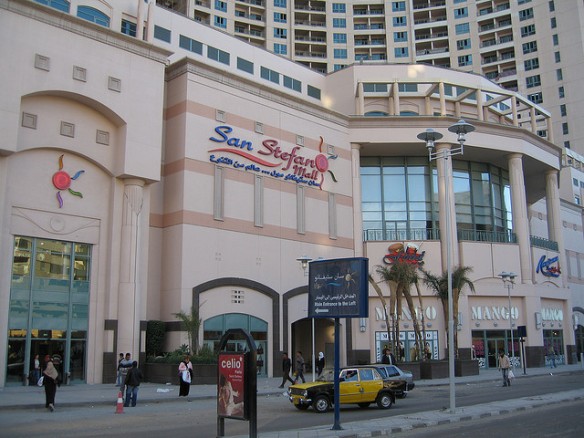
Alexandria City Centre: Brand names including Debenhams, New Look and Miss Selfridge, the Spanish brand Zara and others. This mall is the newest in Alexandria and is located opposite the Alexandria International Park.The exquisite Attarine antique districtwith its French-inspired and wrought iron furniture and the renowned .
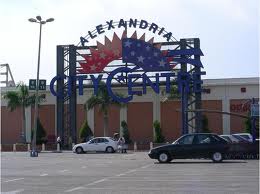
Zan’et El-Sittat district: (which literally means ‘an area crowded with women’), provide just two of the city’s many opportunities to bargain for fabric, furniture and jewels and lots of real and reproduced antiques in an authentic setting. Location: El Mansheya.

Accommodation:
Four Season’s Hotel :
The Hotel has the largest standard rooms in the city, with views of the Mediterranean (Sea View) or city. Three restau-rants, Lebanese Byblos, Italian Stefano’s and Kala open for breakfast and lunch. The hotel’s Spa offers a comprehen-sive range of treatments, sauna, steam room and whirlpool.The Beach: Opposite the hotel is a long stretched, sandy beach with lush green landscaping. It is easily accessed by an under- passage from the hotel. The Beach facilities include a kids club and open-air fitness area.

Le Metropole :
In 1902 Hotel Metropole opened their doors for first time. The hotel is located close to the railway station and in the heart of Alexandria’s business and embassies district, directly overlooking the Mediterranean Sea. This masterpiece by Italian & Greek architects makes it one of the best Heritage hotels in Egypt.
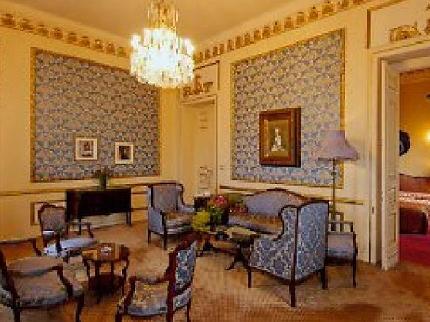
Windsor Palace Hotel :
The Windsor, built in 1906, exudes the glory and graciousness of a golden era as one of Alexandria’s “Heritage” hotels. Right on the waterfront, the hotel resides in the social and cultural hub of the city, with its street cafes, shopping bou-tiques and seaside promenades.
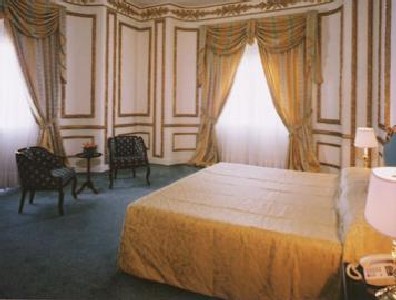
Sheraton Montazah :
Breathtaking views of the Mediterranean Sea and Montazah Gardens, other than standard rooms, presidential suits, there are eight hospitality suites equipped with a kitchenette.Several restaurants and outdoor pool.
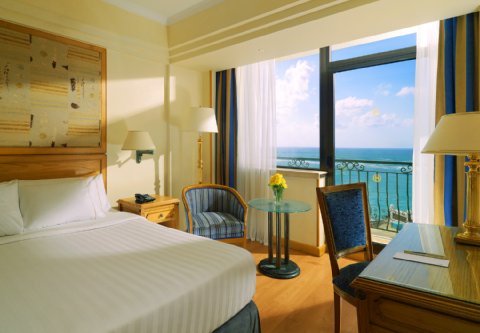
Paradise Inn Ma’amoura Beach :
Featuring a beachfront location and comfortable accommodation. Within walking distance to the Montazah Royal gardens. Beach sports and outdoor and indoor swimming pools. Address: Maamoura Beach, Alexandria West.
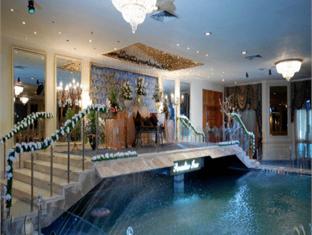
Sofitel Cecil Hotel :
Conveniently located in the heart of the business district, overlooking the bay and yacht club. Built in 1929, yet con-stantly in step with the times, it provides a perfect blend of modern amenities and old world charm.
![1726v00[1]](https://egyptourism.files.wordpress.com/2013/03/1726v001.gif?w=584)
Renaissance Hotel:
New guest rooms with sea view, full business facilities, restaurants, gym and wireless Internet.
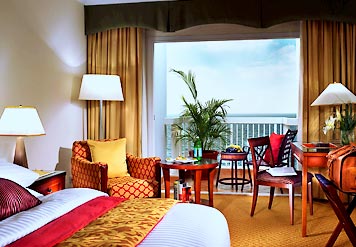
Helnan Palestine Hotel:
Overlooks the Montazah beach and gardens. Its bay is surrounded by the gardens, which were once the site of the late King Farouk’s summer place.
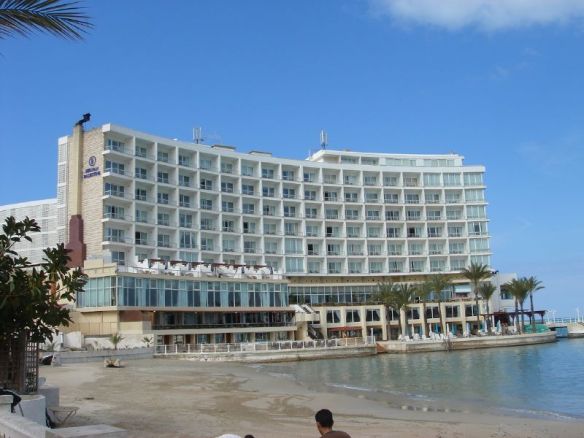
How to get there:
Seaport:
Many cruise ships arrive to the Alexandria Harbour from European countries.
Airport:
Local and international flights arrive to Al Nozha Airport, located 7 km to the southeast.
By Road:
From Cairo (around 220 kms), visitors can arrive to Alexandria via the Super Jet buses, private taxi or rent a car. For enquiries and reservations for the Super Jet buses, call: +20-2-2579 8181 or +20-3-543 5222 Also, if you are coming via the Port Said Harbour, there is the international coastal road (Port Said/Alexandria)
By train:
From Cairo station, you can go down at either Misr Station or Sidi Gaber Station
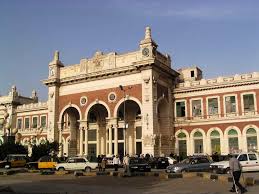
for further information go to :
http://en.egypt.travel/city/index/alexandria


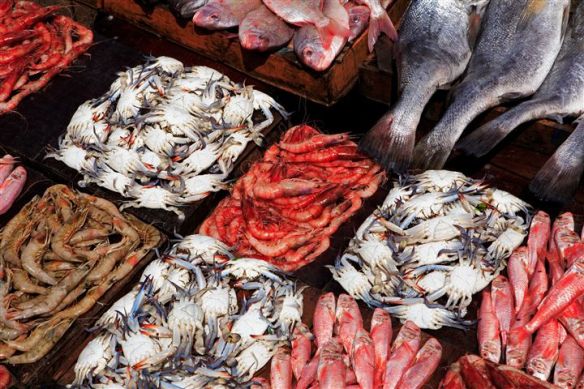
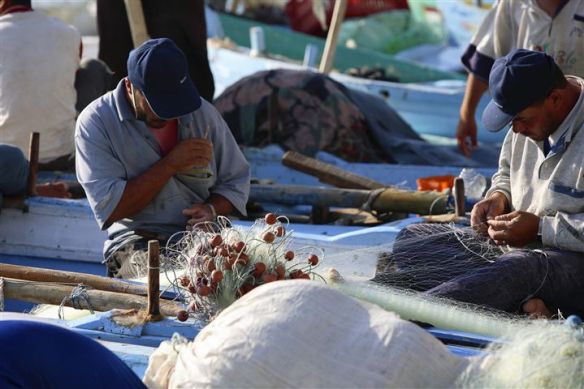

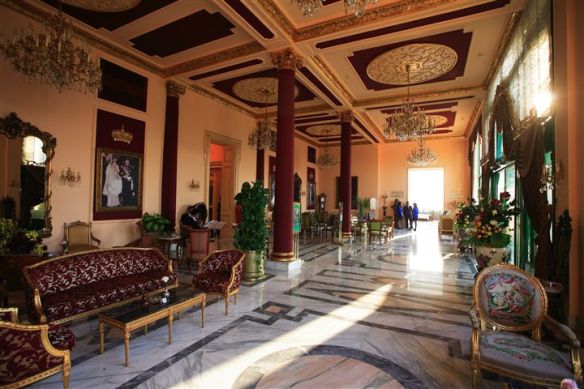




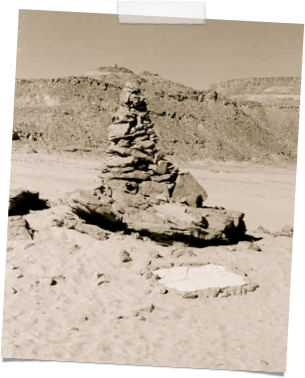
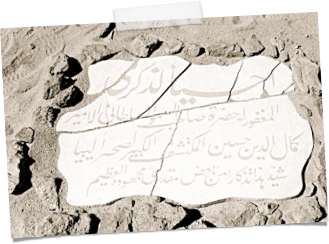
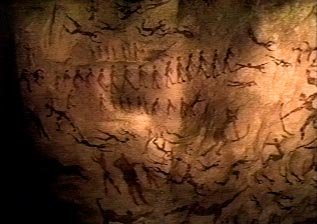
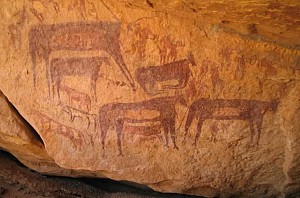
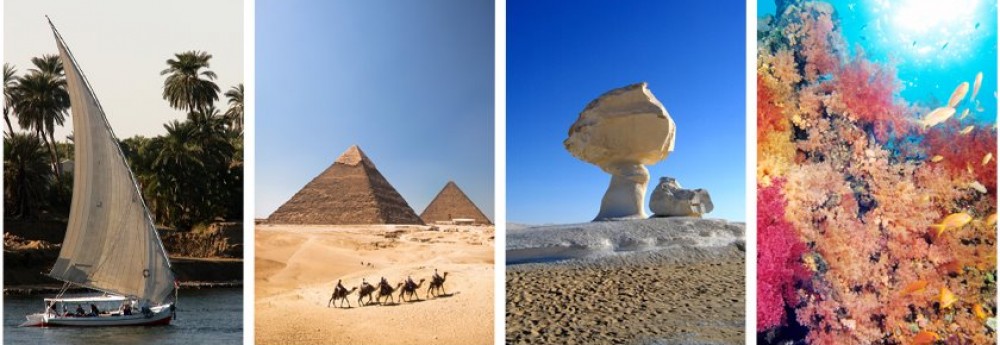


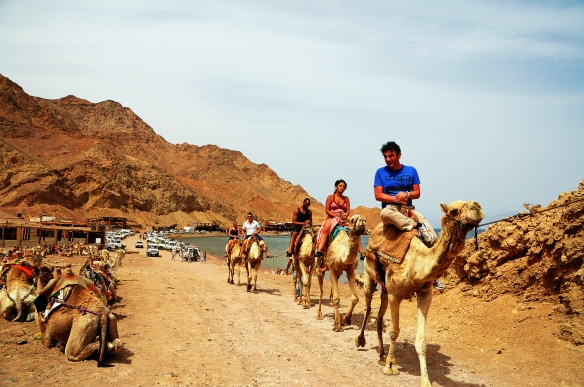
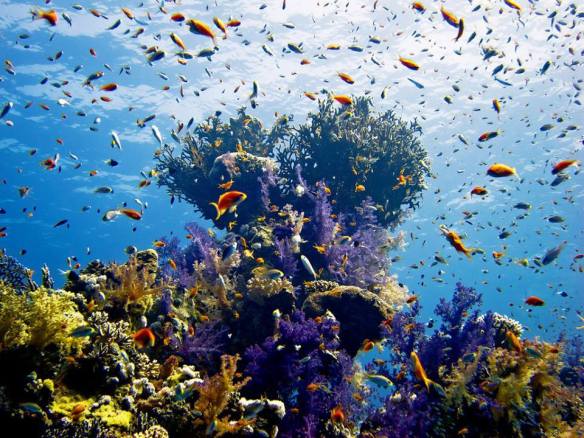

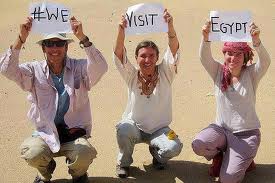
 Tourism Minister
Tourism Minister


















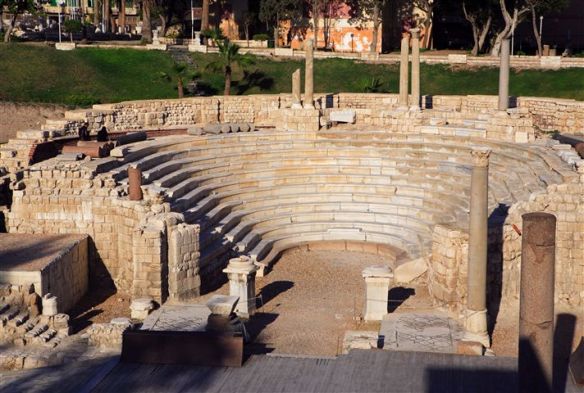

































![1726v00[1]](https://egyptourism.files.wordpress.com/2013/03/1726v001.gif?w=584)









